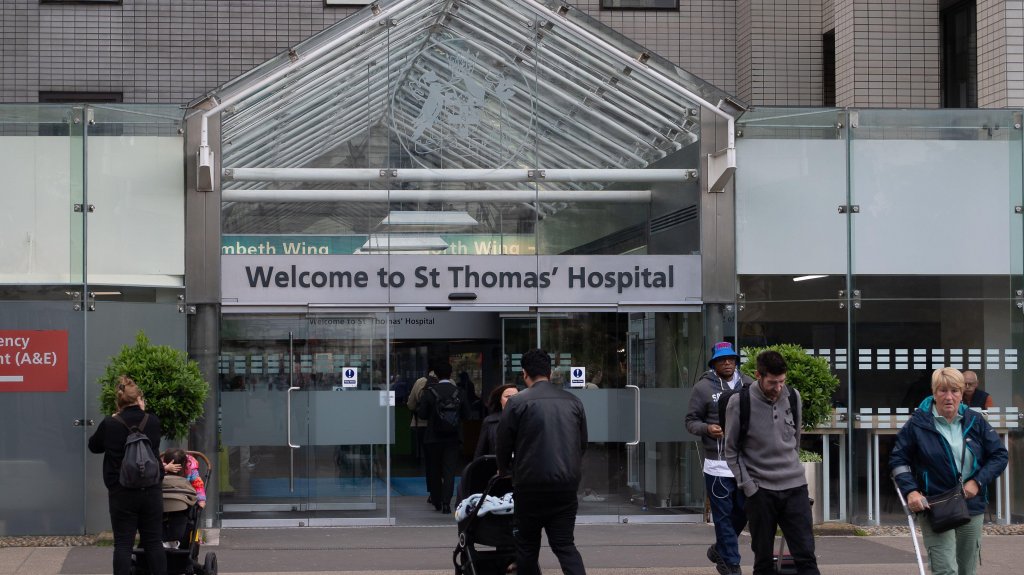Rise in Eurozone Inflation to 2% Stifles Prospects for Significant Rate Reduction
Eurozone inflation has increased to 2%, as robust economic growth and historically low unemployment diminish the likelihood of a substantial reduction in interest rates by year-end.
Consumer prices across the 20-member eurozone surged from 1.7% in September to 2% in October, surpassing economists’ expectations of a 1.9% increase.
The bloc’s economic growth figures for the third quarter outperformed forecasts, demonstrating a 0.4% increase in GDP, compared to anticipated growth of 0.2%. Additionally, the unemployment rate fell from 6.4% to 6.3%, marking the lowest level since the euro was introduced in 2000.
This economic data could dissuade the European Central Bank (ECB) from making a significant interest rate cut of half a percentage point in December.
Isabel Schnabel, an executive board member of the ECB, emphasized this week that a “gradual approach” to monetary easing should be adopted, as “the battle against inflation is far from over.”

October’s inflation was propelled by a modest decline in energy price inflation, along with rising costs of food and tobacco. Core inflation, which excludes food and energy, remained stable at 2.7% annually, while inflation within the services sector held steady at 3.9%.
Germany reported a headline inflation increase of 2.4%, with France at 1.5% and Italy at 1%. Slovenia recorded the lowest inflation rate at 0%, while Ireland and Lithuania followed closely at 0.1%. Claus Vistesen, chief eurozone economist at Pantheon, a consultancy, noted, “Recent data and the downward adjustment of unemployment to a new record low will compel markets to reassess the likelihood of a 50 basis point rate cut in December. We expect this sentiment to shift further away from possibility with the upcoming November inflation figures.”
The ECB was one of the initial major central banks to lower interest rates in June amid disinflation and decelerating economic growth. The European economy has been particularly impacted by the global energy crisis initiated by Russia’s invasion of Ukraine, leading to heightened consumer savings rather than spending due to increased inflation and borrowing costs.
Currently, borrowing costs in the eurozone stand at 3.5%, which is more favorable compared to 5% in the United States and the UK. Expectations suggest both the Federal Reserve and the Bank of England may ease policy by 25 basis points in the upcoming week.
The quarterly growth from July to September was further spurred by France’s hosting of the summer Olympics and Germany avoiding two consecutive quarters of negative growth. Analysts at Citi, a US-based bank, revised their eurozone growth forecasts upward by 0.1 percentage points for this year, predicting a growth rate of 0.8% and 1.1% by 2025.
According to Andrew Kenningham, chief Europe economist at Capital Economics, the ECB might still opt for a 50 basis point cut by year’s end. He stated, “While this isn’t guaranteed, we believe the governing council will likely determine by December that the current policy can be less restrictive and a 50 basis point cut could be suitable.”




Publicar comentario